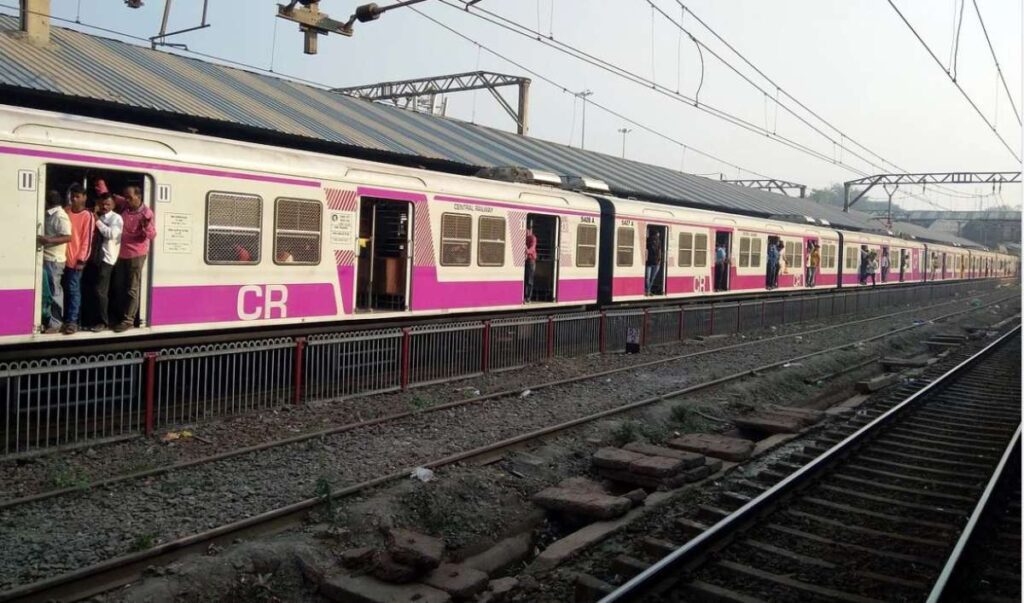Indian Railways has long been at the forefront of technological advancements to improve both passenger experience and operational efficiency. Among its most notable innovations is the Push-Pull technology, which has revolutionized train travel by enhancing speed, reducing travel time, and optimizing operational processes. This article delves into the concept of Push-Pull technology, its benefits, and its successful implementation within India.
What is Push-Pull Technology?
Push-Pull technology involves the use of locomotives at both ends of a train, allowing it to operate more efficiently. This dual-locomotive setup not only streamlines operations but also offers several key advantages for both passengers and railway authorities.
Key Features of Push-Pull Technology
- Dual Locomotive Setup: A locomotive is placed at both the front and rear of the train.
- Improved Acceleration: The dual locomotives facilitate faster acceleration, leading to smoother train operations.
- Reduced Journey Time: With no need to attach or detach locomotives, especially in hilly regions, the travel time is significantly reduced.
- Operational Efficiency: The technology minimizes mechanical stress on the train, thereby improving overall performance and reliability.
India’s First Push-Pull Train: The CSMT-Hazrat Nizamuddin Rajdhani Express
The CSMT-Hazrat Nizamuddin Rajdhani Express (Train No. 22221/22222) is a pioneering example of Push-Pull technology in India. This iconic train marked a significant milestone in Indian Railways’ efforts to modernize its operations.
Key Highlights of the Train:
- Route: It operates between Chhatrapati Shivaji Maharaj Terminus (Mumbai) and Hazrat Nizamuddin (Delhi).
- Distance and Time: The train covers a distance of 1,543 km in about 17 hours and 55 minutes.
- Frequency: Initially operating bi-weekly, the train now runs daily, increasing its availability to passengers.
- Stops: Major stations include Nashik Road, Bhusaval, Bhopal, Jhansi, and Agra Cantt.
Contribution to “Mission Raftar”
This express train plays a vital role in supporting Indian Railways’ “Mission Raftar,” an initiative aimed at enhancing train speeds and reducing travel time across the network.
How Push-Pull Technology Works
Push-Pull operation allows for versatile train control, offering operational flexibility. This setup can be customized in several ways depending on the needs of the railway network.
Types of Push-Pull Operations:
- Locomotive at One End: A control cab is installed at the other end to drive the train.
- Two Locomotives: A locomotive at each end—one pushing and the other pulling—commonly used on high-demand routes like Delhi-Mumbai.
- Locomotive in the Middle: Provides centralized power and better control.
- Distributed Power: Locomotives are strategically placed along long-distance trains to enhance performance.
Technical Benefits
- The front locomotive does most of the pulling, while the rear locomotive assists by providing additional power. This reduces mechanical strain on the train and helps distribute the load efficiently.
- In the Indian setup, locomotives operate independently, ensuring flexibility, reliability, and continuous operation.
Global Examples of Push-Pull Technology
Push-Pull technology has found success in several countries worldwide, proving its efficiency and scalability in modern rail transport systems.
Notable Examples:
- InterCity 125 (UK): A high-speed train with a locomotive positioned at each end for faster travel.
- Amtrak Acela (USA): Known for its advanced Push-Pull technology, this intercity train connects major cities along the northeastern corridor.
- SNCF TGV (France): This high-speed train utilizes two locomotives for improved performance and reduced operational downtime.
Impact of Push-Pull Technology on Indian Railways
The introduction of Push-Pull technology has had a profound effect on both passengers and railway operations in India.
Enhanced Passenger Comfort
The dual-locomotive system ensures a smoother ride and significantly shorter travel times, making journeys more comfortable for passengers.
Operational Advancements
Indian Railways has made remarkable strides in train handling and time management, largely due to the implementation of Push-Pull technology.
Pioneering Infrastructure
This breakthrough technology highlights India’s commitment to modernizing its railway system and improving transportation infrastructure across the country.
Push-Pull technology, exemplified by the CSMT-Hazrat Nizamuddin Rajdhani Express, has transformed train travel in India. It represents a perfect blend of speed, efficiency, and comfort, setting new benchmarks for railway operations. As Indian Railways continues to innovate, Push-Pull technology remains a key component in its ongoing modernization efforts.
Also Read: Ex-Army Officer Kills Wife, Cooks & Dumps Body in Hyderabad Lake











More Stories
Puri YouTuber, Guest House Probed in Jyoti Malhotra Spy Case
Monsoon Alert: इस बार छह दिन पहले दस्तक दे सकता है मानसून, आखिरी बार 2009 में हुआ था ऐसा, जानें आंकड़ें
Suryakumar Yadav holds umbrella for broadcaster in unusual post-match scenes as rain disrupts presentation ceremony